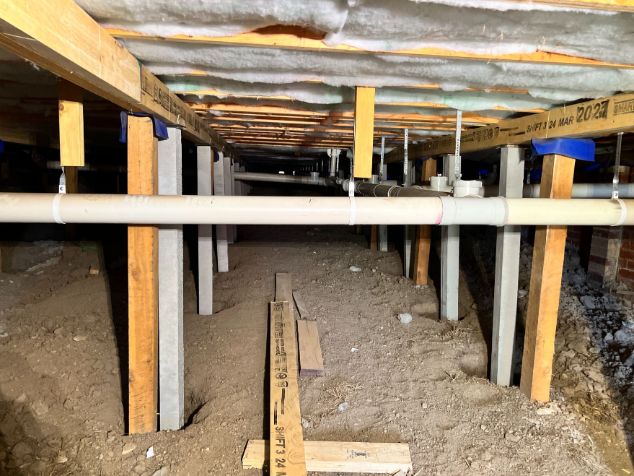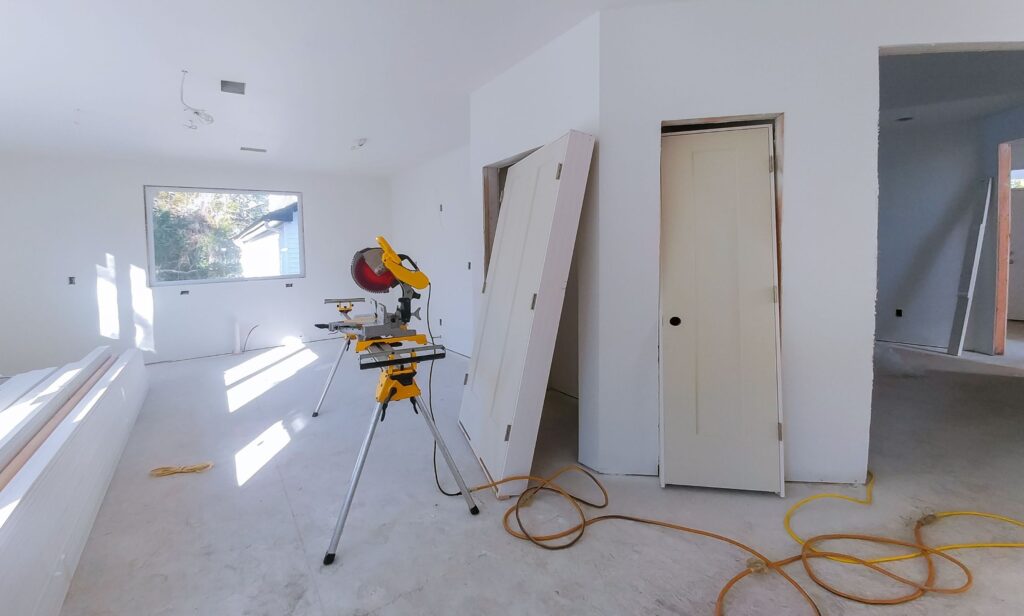There is no difference between restumping and reblocking. Reblocking and restumping are terms used interchangeably.
What is the difference between underpinning and restumping?
The main difference between underpinning and restumping is that underpinning foundation repairs are performed on a concrete slab footing system, whereas restumping is performed on a stump footing system.
How Do I Know If I Need Underpinning or Restumping?
The easiest way to know if you need underpinning or restumping is to check whether your house is built on a concrete slab or house stumps. If your house is built on a concrete slab, you will require underpinning. Whereas if your house is built on house stumps, you will need restumping.

Is it worth restumping a house?
Yes, it is worth restumping your home. If your home is going to be renovated and you do not plan on knocking down and rebuilding, then restumping is the next best thing. Restumping will give your home the structural integrity it needs before you undergo any further work. It will also give you the opportunity to level your floors, which can make a big difference to the overall aesthetics and comfort of your home.
Does restumping increase house value?
Yes, restumping a house increases house value. This is because restumping addresses one of the key issues that can devalue a property: its structural integrity. A house that is not properly supported by stumps is at risk of collapsing, which is obviously a huge safety hazard. Restumping will also make a property more attractive to potential buyers, as it will no longer have this major issue. Ensuring you use correct reblocking techniques will protect you against further work in years to come.
Should I buy a house that needs restumping?
There is no simple answer to this question. It depends on a number of factors, such as the cost of restumping, the condition of the house, and your personal preferences. If the house is in otherwise good condition and the cost of restumping and subfloor maintenance is not too high, then it may be a good purchase. However, if the house is in poor condition, the subfloor has rotten bearers and joists as well as needing restumping, then it may be worth considering other options. The footings and foundations of a building must be in good condition or will need foundation repairs.
We recommend doing the following before commiting to a purchase:
Contact a building inspector
Before you buy a property that you suspect needs restumping, it’s always a good idea to have a building inspector check it out first. They will be able to assess the condition of the property and confirm whether or not restumping is necessary. Oftentimes if restumping is required, it can still be a great purchase. Your building inspector will look for other issues that are associated with restumping, such as termites, water damage to the subfloor and rising damp.
Consider the extent of the damage
As mentioned above, restumping itself is not an overly expensive process and can be factored into your offer. But restumping can indicate that there could be other issues at hand. If the property has extensive damage, such as to the subfloor or bearers and joists, this will add to the overall cost of repairs.
When should you restump a house?
Always restump a house before a renovation. Renovating a house and then restumping is a recipe for disaster. Once you have purchased your new home, restumping should be the first job on the list. The reason for this is that if you renovate and then restump, your newly renovated kitchen or bathroom may need to be raised, causing cracks in tiles, walls, and ceilings.

